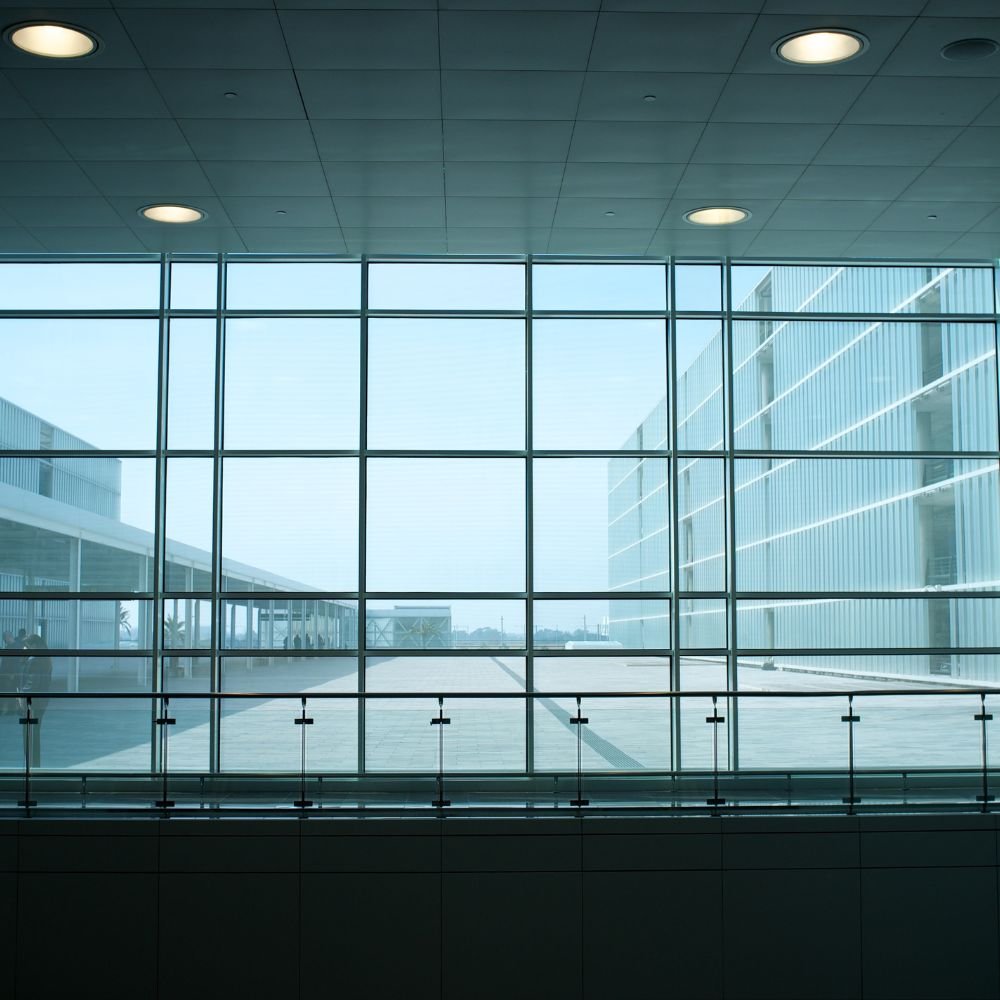

Introduction
When embarking on a construction or renovation project, selecting the right type of glass is crucial for both functionality and aesthetics. The choice of glass can significantly impact energy efficiency, safety, privacy, and the overall look of your space. This guide will delve into the various types of glass available—template, laminated, tinted, and coated glass—providing you with the knowledge needed to make an informed decision. Understanding the unique properties and applications of each type will help you choose the best option for your specific needs, ensuring your project is both beautiful and practical.
Template Glass: Strength and Versatility
Template glass, also known as tempered glass, is a type of safety glass processed by controlled thermal or chemical treatments to increase its strength compared to normal glass. The tempering process puts the outer surfaces into compression and the inner surfaces into tension. Such stresses cause the glass, when broken, to crumble into small granular chunks instead of splintering into jagged shards. This characteristic makes template glass an excellent choice for applications where safety is a concern, such as in shower doors, glass doors, and windows, as well as in public buildings and vehicles.
The versatility of template glass extends beyond safety. It is also highly resistant to thermal stress, making it suitable for environments with extreme temperature variations. For instance, in kitchen settings, template glass can be used for oven doors and stovetops. Additionally, its strength allows for thinner glass panels, which can be beneficial in modern architectural designs that favor sleek, minimalistic aesthetics. When considering template glass for your project, think about areas where safety and durability are paramount, and where the glass will be exposed to high levels of stress or temperature changes.
Laminated Glass: Safety and Sound Insulation
Laminated glass is another type of safety glass that holds together when shattered. In the event of breaking, it is held in place by an interlayer, typically made of polyvinyl butyral (PVB) or ethylene-vinyl acetate (EVA), between its two or more layers of glass. This interlayer keeps the layers of glass bonded even when broken, and its high strength prevents the glass from breaking up into large sharp pieces. This makes laminated glass an ideal choice for applications where security and safety are critical, such as in car windshields, skylights, and storefronts.
Beyond safety, laminated glass offers excellent sound insulation properties. The interlayer acts as a sound barrier, reducing noise transmission and making it a popular choice for buildings in noisy environments, such as near airports or busy roads. Additionally, laminated glass can provide UV protection, blocking up to 99% of harmful UV rays, which helps in protecting furnishings and interiors from fading. When selecting laminated glass for your project, consider areas where both safety and sound insulation are important, and where UV protection could be beneficial.
Tinted Glass: Energy Efficiency and Privacy
Tinted glass is produced by adding metal oxides during the manufacturing process, which gives the glass a darker hue. This type of glass is primarily used for its ability to reduce glare and heat gain, making it an energy-efficient option for buildings. By reducing the amount of solar heat that enters a building, tinted glass can help lower cooling costs, making it an environmentally friendly choice. The different tints available, such as bronze, gray, and blue, also offer varying levels of light transmission and heat absorption, allowing you to choose the best option for your specific climate and aesthetic preferences.
In addition to energy efficiency, tinted glass provides enhanced privacy. The darker tint makes it more difficult for people outside to see inside, which can be particularly beneficial for office buildings, bathrooms, and any other areas where privacy is a concern. Tinted glass can also reduce the amount of UV radiation that enters a building, protecting interiors from sun damage. When considering tinted glass for your project, think about areas where energy efficiency, glare reduction, and privacy are important, and where the aesthetic appeal of tinted glass can enhance the overall design.
Coated Glass: Advanced Performance and Customization
Coated glass, also known as low-emissivity (Low-E) glass, is designed to improve energy efficiency by reflecting heat while allowing light to pass through. This is achieved by applying a microscopically thin, transparent coating to the glass surface. The coating reflects infrared energy (heat) while allowing visible light to pass through, which helps in maintaining a consistent indoor temperature. This makes coated glass an excellent choice for windows and doors in both residential and commercial buildings, as it can significantly reduce heating and cooling costs.
Coated glass also offers a high degree of customization. Different coatings can be applied to achieve various performance characteristics, such as enhanced UV protection, increased light transmission, or improved thermal insulation. For example, a double-glazed window with a Low-E coating can provide superior insulation compared to standard double glazing, making it ideal for climates with extreme temperatures. Additionally, coated glass can be combined with other types of glass, such as laminated or tinted glass, to achieve a combination of benefits. When selecting coated glass for your project, consider areas where energy efficiency is a priority, and where the specific performance characteristics of coated glass can enhance the overall functionality and comfort of the space.
Conclusion
Choosing the right type of glass for your project is a critical decision that can impact safety, energy efficiency, privacy, and aesthetics. Template glass offers strength and versatility, making it ideal for high-stress environments. Laminated glass provides safety and sound insulation, making it suitable for secure and quiet spaces. Tinted glass enhances energy efficiency and privacy, making it perfect for areas where glare reduction and privacy are important. Coated glass offers advanced performance and customization, making it an excellent choice for energy-efficient buildings. By understanding the unique properties and applications of each type of glass, you can make an informed decision that meets the specific needs of your project, ensuring a successful and satisfying outcome.

